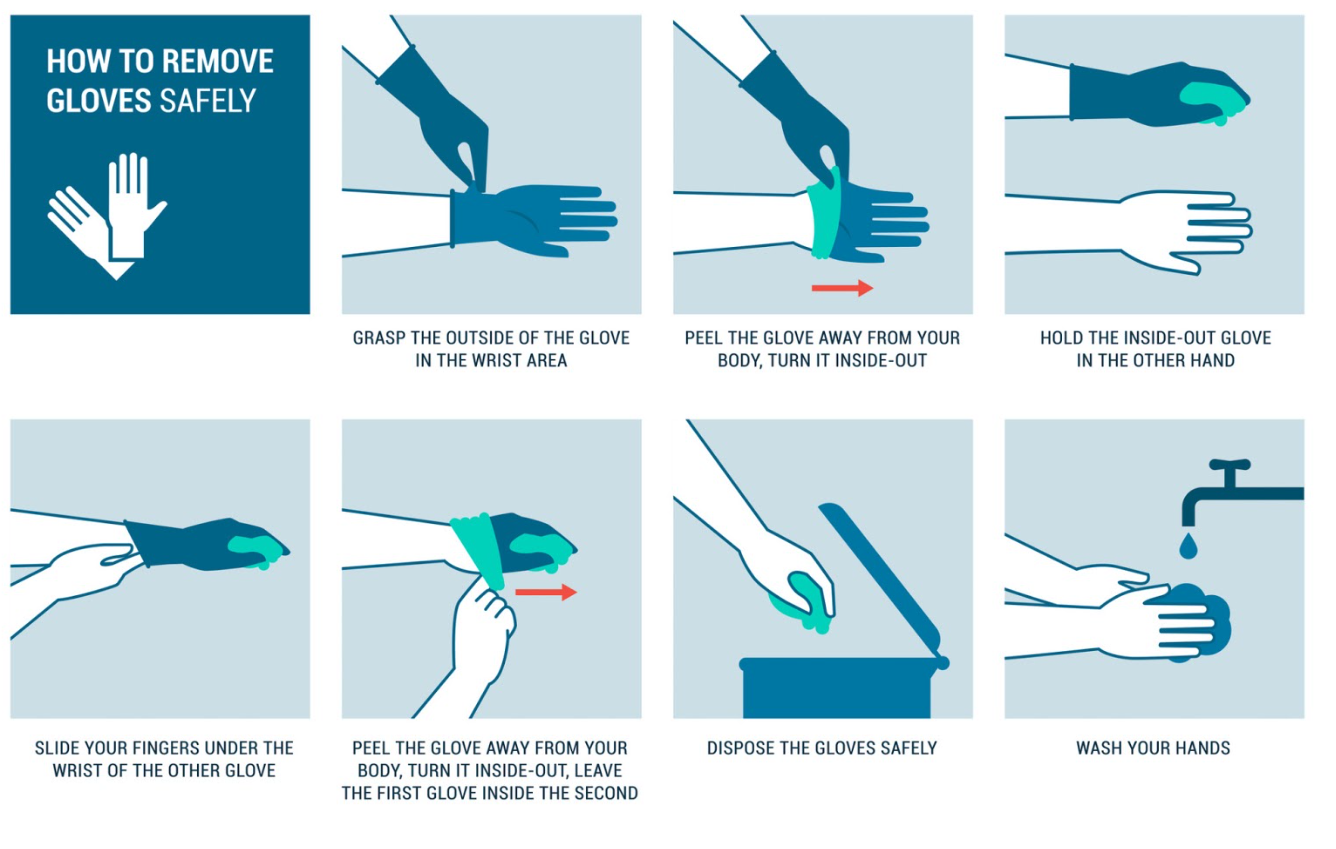Despite Canada’s commendable efforts to drastically reduce COVID-19 transmission rates, the pandemic remains a significant problem. There are conflicting reports as to when we will be able to get “back to normal”, but as long as the virus is rampant in countries around the world, we will all be on high alert.
Until a true sense of “normalcy” is established, truck drivers will continue to be the frontline workers that are at greater risk of contracting the disease. While the public might be finally recognizing how essential truck drivers are, some have a conflicting opinion.
In Canada, there have been reports of commercial truck drivers being treated disrespectfully, with cases where they have even been refused service. Because truckers are frontline workers, they are sometimes stigmatized as potential virus spreaders. These fears are completely unfounded, and many, if not the majority, drivers strictly adhere to recommended COVID-19 prevention behaviours.
Drivers might have contact with a fair number of people including suppliers, customers, and service providers, but that doesn’t necessarily mean they are worsening the spread of the pandemic. In order to keep everyone safe, employers in the transport should continually remind their frontline workers of the risks and how to avoid them.
Here are the most up-to-date safety precautions for truck drivers and others in the transport industry:
Masks Are Critical
There has been some debate as to whether or not masks are effective in preventing the spread of the virus. According to the World Health Organization, masks do significantly cut down on the transmission of the virus and can prevent the wearer from becoming infected.
Several myths about mask wearing are circulating online, and can be explained or debunked here.
Drivers should be reminded to wear a well-fitting mask whenever they are indoors in a crowded area such as a store, pharmacy, or warehouse.
Use Gloves Wisely
In addition to hand washing, gloves can cut down on viral transmission, but only if worn properly. If used incorrectly, wearing gloves does absolutely nothing to slow the spread! Gloves can be handy when filling up at a gas station or when passing items back and forth. They are not, however, a substitute for other hygienic practices.

Keep up with hygiene best practices
Proper hand washing is critical. Commercial truck drivers and other workers should be trained in the proper hand washing technique and should carry hand sanitizer with them at all times. Hand sanitizer is actually the next best thing after proper hand washing, and it must contain a minimum alcohol content of 60%. Sanitizer can often come in handy when it’s not possible to wash hands, such as after an interaction with a customer, or when touching a surface that was touched by others.
Not only must hands stay clean, but work areas should also be sanitized often. Commonly touched areas such as steering wheels, door handles, smartphones and surfaces in offices should be cleaned regularly with the appropriate disinfectant and water.
Manage risks as we reopen
The COVID-19 has challenged us like never before. As we reopen, it’s critical to remain vigilant with constant reminders of best practices – practices that are likely to change over time. Guidelines for social distancing seem to be evolving week by week, and it’s the responsibility of employers to communicate these changes to their teams. Workers at all levels have the personal responsibility to manage risks using common sense. For example, limit contact with non-family members by keeping a physical distance and wearing masks when distance isn’t possible.
By taking precautions we can not only reduce COVID-19 transmission points at the workplace, but can also eliminate the stigma that drivers are somehow being “contaminated” or “disease spreaders”. It’s time to thank the commercial drivers that keep supply chains moving, and to keep absolutely everyone in the public engaged with information on how to stay safe.


